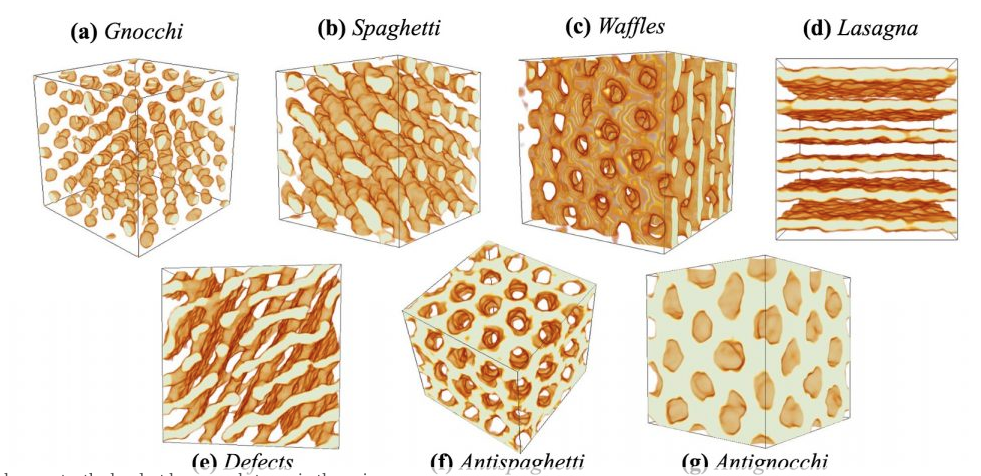A neutron star is about the size of a major city, but only a teaspoon of the material inside has the mass of a small mountain on Earth. They exist under unfathomable conditions, writes The Atlantic, and are created in a violent fashion (when a giant star has burned through its fuel supply and collapses under its own weight).
Scientists still don’t know exactly what neutron stars look like on the inside. Right now, the study of their interiors relies on theoretical models. Astrophysicists use a very specific framework to help make the complicated realities of neutron stars relatable: They compare them to pasta.
This may sound silly, but it actually makes a lot of sense, writes The Atlantic. This framework was first proposed in the early 1980s, and it’s because the structures that astrophysicists predict exist inside neutron stars really do resemble some classic pasta shapes. For example, the nuclei—the protons and neutrons at the center of an atom—are spherical in shape, just like gnocchi. Moreover, look at what happens when competing forces of neutrons and protons bend the material into other shapes. This squeezes the nuclei together into long tubes, like spaghetti.
Thanks for reading InsideHook. Sign up for our daily newsletter and be in the know.


















